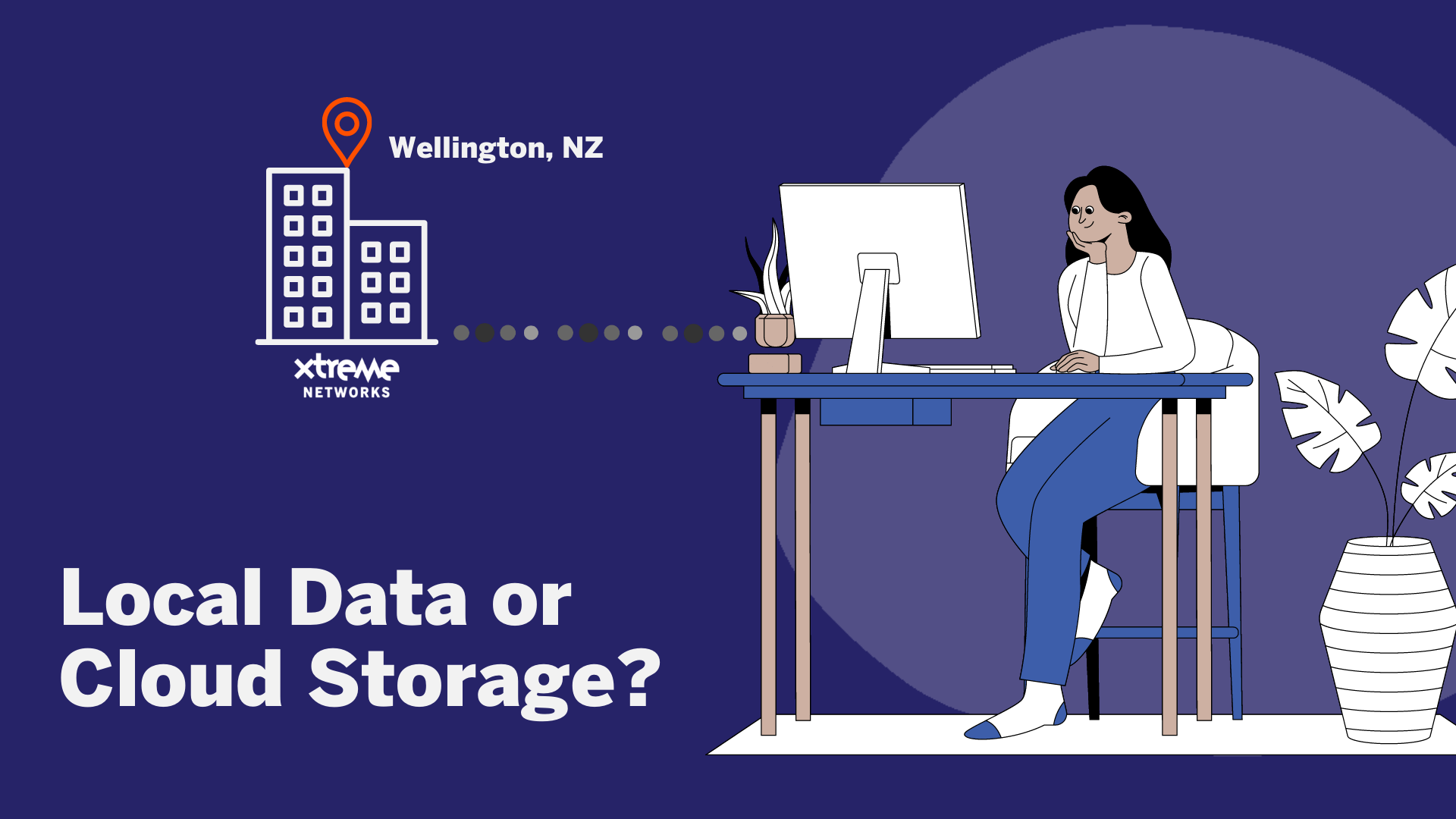Unlocking New Possibilities: The Benefits of Megaport to Businesses
 In today’s digital era, connectivity is crucial for businesses of all sizes.
In today’s digital era, connectivity is crucial for businesses of all sizes.
Seamless communication, rapid data transfers, and reliable connectivity have become the lifeblood of organizations. This is where Megaport steps in—a global leading Network as a Service (NaaS) provider that offers businesses the power to connect, collaborate, and grow. In this blog post, we’ll explore the myriad benefits that Megaport brings to businesses and how it can revolutionize the way organizations operate in the digital landscape.
Enhanced Connectivity: Megaport’s network infrastructure spans across numerous data centers worldwide, providing businesses with unparalleled connectivity options. With a single port, businesses can interconnect with a vast ecosystem of leading cloud service providers, internet exchanges, and networks. This connectivity empowers businesses to build agile and scalable architectures, allowing for more efficient data transfers, reduced latency, and improved overall performance.
Flexibility and Scalability: One of the significant advantages of Megaport is its ability to offer flexible and scalable solutions. Whether a business needs to connect multiple offices, expand their cloud presence, or establish hybrid or multicloud environments, Megaport provides the infrastructure to achieve these goals quickly and easily. The agility and scalability of Megaport’s services mean businesses can adapt to changing needs and rapidly scale their connectivity requirements without significant investments or lengthy provisioning times.
Simplified Network Management: Managing complex networks can be a daunting task for businesses, especially when dealing with multiple service providers and diverse architectures. Megaport simplifies network management by providing a unified platform to manage and control connectivity across various locations and cloud providers. The user-friendly portal allows businesses to monitor and optimize their network usage, provision connections on-demand, and gain valuable insights into their network performance. This centralized management approach saves time, streamlines operations, and reduces the burden on IT teams.
Cost Optimization: Traditionally, establishing connectivity between data centers, cloud providers, and business locations required significant capital expenditure and long-term commitments. Megaport disrupts this model by offering flexible and cost-effective pricing options. Businesses can choose from a range of plans that suit their specific needs, paying only for the capacity they require and scaling up or down as necessary. The elimination of long-term contracts and upfront costs empowers businesses to optimize their network spending, reduce financial risks, and allocate resources more efficiently.
Geographic Reach: In today’s globalized marketplace, businesses often operate across multiple regions and markets. Megaport’s extensive presence in numerous cities worldwide provides businesses with a global footprint, enabling them to extend their reach seamlessly. With Megaport, organizations can quickly establish connectivity in new locations, tap into emerging markets, and collaborate with partners or customers across the globe. This global connectivity accelerates business expansion, facilitates digital transformation initiatives, and fosters innovation on a global scale.
As businesses continue to rely on cloud services, data transfers, and seamless connectivity, the importance of robust and agile networking solutions cannot be overstated. Megaport emerges as a game-changer, revolutionizing the way businesses connect, collaborate, and thrive in the digital landscape. With its enhanced connectivity options, flexibility, simplified network management, cost optimization, and global reach, Megaport empowers businesses to unlock new possibilities, drive innovation, and stay ahead in an increasingly interconnected world. By embracing Megaport’s services, New Zealand businesses can embark on a transformative journey that enhances their competitiveness, fuels growth, and paves the way for future success.

5 Reasons New Zealand Businesses Choose Local Data Storage over the Cloud.
Cloud Storage and Colocation both rely on the resilience and reliability of data centres, so why do many businesses choose local data storage over the cloud?
We're well connected, thanks to our partners






















